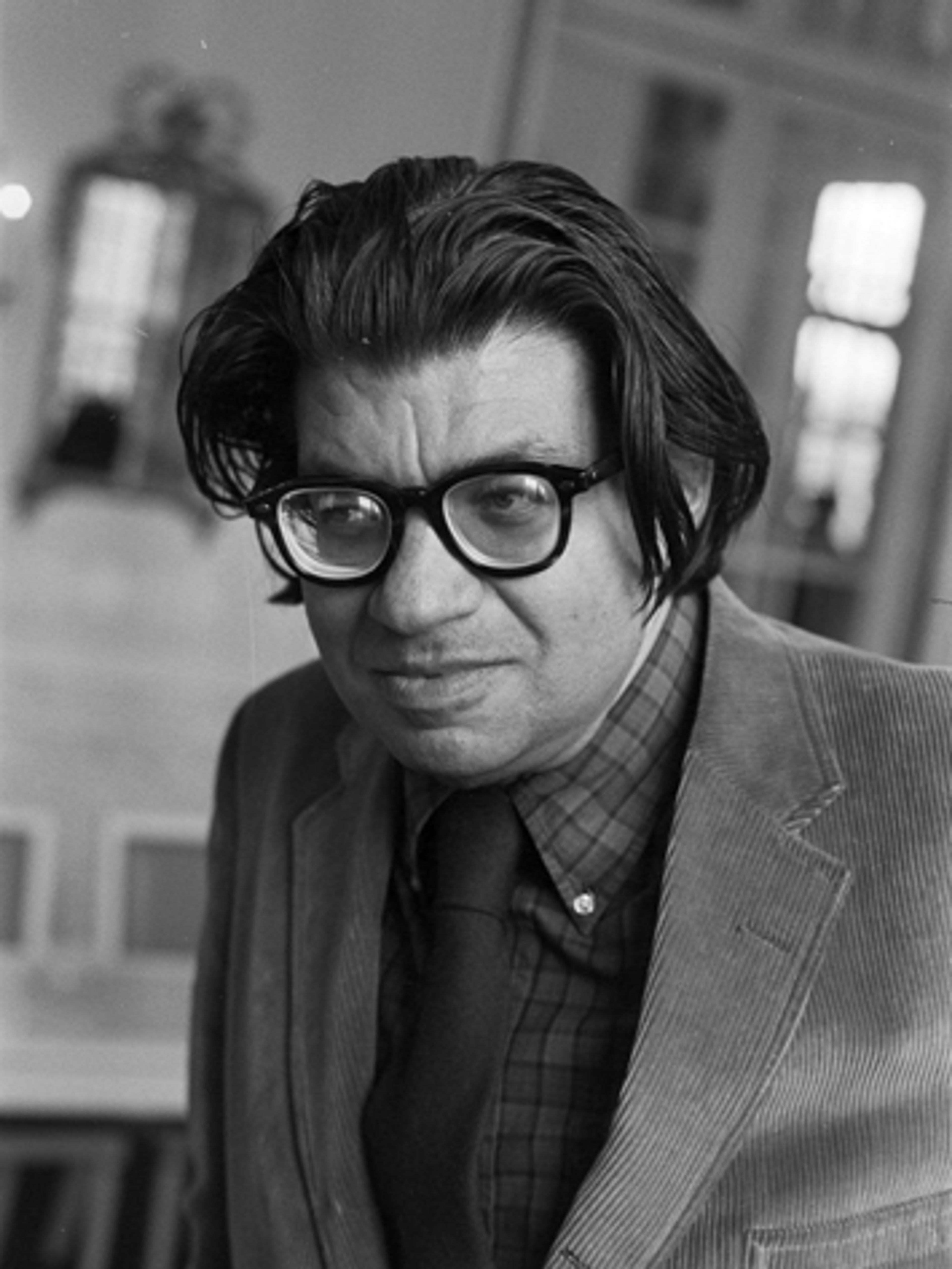The Calder Quartet's Tribute to Like Minds

Calder Quartet. Photo by Taylor Boye
«After ascending the stairs into gallery 920 in the Department of Modern and Contemporary Art at The Met, visitors are greeted by one of Alexander Calder's iconic balancing mobiles. The visual artist is known for his sculptures, which manipulate objects to appear in an ever-present state of motion and variation. This sense of dynamism, described as "immediacy" by the Calder Quartet, is one that these musicians seek to emulate in their own work. The quartet's namesake is not the only connection to artists of abstraction, however. Their upcoming performance of Morton Feldman's String Quartet No. 2, to take place at The Met Cloisters this fall, lends a few more.»
Feldman designated this composition to take anywhere from three-and-a-half to five-and-a-half hours, depending on a combination of both the performing musicians' physical aptitude and individual interpretation. Composed in 1983, the quartet represents the epitome of those works by Feldman particularly known for their lengthy performance times. The second string quartet, in fact, is not even Feldman's longest work: the 1984 composition For Philip Guston is a four- to five-hour-long piece dedicated to the eponymous artist. Feldman was often graced by Guston's company, as well as by some of the founding Abstract Expressionists, also known as the New York School, including Mark Rothko, Willem de Kooning, and Jackson Pollock.
Left: Morton Feldman at the Holland Festival, May 1976. Dutch National Archives, The Hague, Fotocollectie Algemeen Nederlands Persbureau (ANeFo), 1945–1989. Photo licensed under the Creative Commons Attribution-Share Alike 3.0 Netherlands license.

Feldman's attempts to break from conventional structures in music appear synonymous with the goals of the New York School's members. Many of these artists would meet regularly at the Cedar Tavern in Greenwich Village to exchange ideas and musings, and Feldman was often among them. In an introduction to Give My Regards to Eighth Street: Collected Writings of Morton Feldman, author Bernard Harper Friedman writes: "As to his composing, from the late 1970s on, the scale of [Feldman's] works enlarged in much the same way as had that of the Abstraction Expressionists in their revolt against easel-painting."
Just as these painters liberated themselves from the small easel, Feldman stretched the duration of his compositions. In a sense, musicologists see this period of Feldman's career as a stylistic transition away from traditional practices, whereby he aligned more with Pollock's drip paintings and canvases that embrace viewers from all sides, like works by Rothko. Where these artists borrowed from muralist scales to capture a viewer's field of vision, Feldman's increase in length demands the listener's aural field. Instead of hearing the piece as a succession of themes—a logical path from A to B—listeners are challenged to hear these works as an all-encompassing whole. In a 1985 interview with journalist John Rockwell, Feldman stated: "Up to one hour, you think about form, but after an hour and a half, it's scale." Just like the output of the composer's pioneering artist network, these scores served as a step in Feldman's journey to breaking down preconceptions behind the definition of writing and interpreting music.
One of Feldman's most intimate companions, Philip Guston, maintained the objective of working from inside his paintings. As Paul Paccione noted in a 2007 album review of For Phillip Guston: "The painter would stand in close proximity to the canvas, scrutinizing each brushstroke, never stepping back to look at the entire canvas." In working from the inside out, the artist focused on the minute brushstrokes, the movements inherent in his own process, until the piece was finally viewed as a whole in its completion. Feldman's artistic take, his attention to space and sensitivity to textural nuances, borrows from this aesthetic in that each singular fragment becomes its own means of transporting the listener. Similar to abstraction, his work is experienced from within an overwhelming wash of elements and materials, rather than from the outside, where conclusions are drawn from the view of the finished creation.

Calder Quartet performing in the Grace Rainey Rogers Auditorium, 2013. Photo courtesy of MetLiveArts
The decision to fill The Fuentidueña Chapel at The Met Cloisters with Feldman's String Quartet No. 2 is appropriate in more ways than one. Museum visitors will be able to experience portions of the performance at their own leisure. All that is required of the listeners is, as Rockwell states, a sort of "drifting contemplation" at observing the score's interaction with the surrounding space, both sonically as well as by the wandering eye. In a way, the Calder Quartet will seek to fill this gallery from the inside out in the tradition of the composer and his muses. Each listener might step into any moment of the score and become surrounded—entering, passing through, and exiting to form one's own individualized canvas of sound and interpretation.
For more information about Morton Feldman: Calder Quartet, or any MetLiveArts event, visit www.metmuseum.org/tickets; call 212-570-3949; or stop by the Great Hall Box Office, open Monday–Saturday, 11 am–3:30 pm.
Resources
Feldman, Morton, and B H. Friedman. Give My Regards to Eighth Street: Collected Writings of Morton Feldman. Cambridge, MA: Exact Change, 2000.
Paccione, Paul. "Morton Feldman. For Phillip Guston." American Music 25 (2) (Summer 2007). Accessed August 11, 2016. https://issuu.com/paulpaccione/docs/for_p.g.
Rockwell, John. "MUSIC: TUNING UP/FELDMAN'S STRING QUARTET NO. 2; A Poetic Extremist at His Most Extreme." New York Times, October 19, 2003. Accessed July 18, 2016. http://www.nytimes.com/2003/10/19/arts/music-tuning-up-feldman-s-string-quartet-no-2-poetic-extremist-his-most-extreme.html
Related Links
MetLiveArts Blog: Limor Tomer, "Introducing the 2016–17 Season of MetLiveArts" (April 29, 2016)
MetMedia: The Fuentidueña Apse: A Journey from Castile to New York
Karmen Wolf
Karmen Wolf is a MetLiveArts intern.